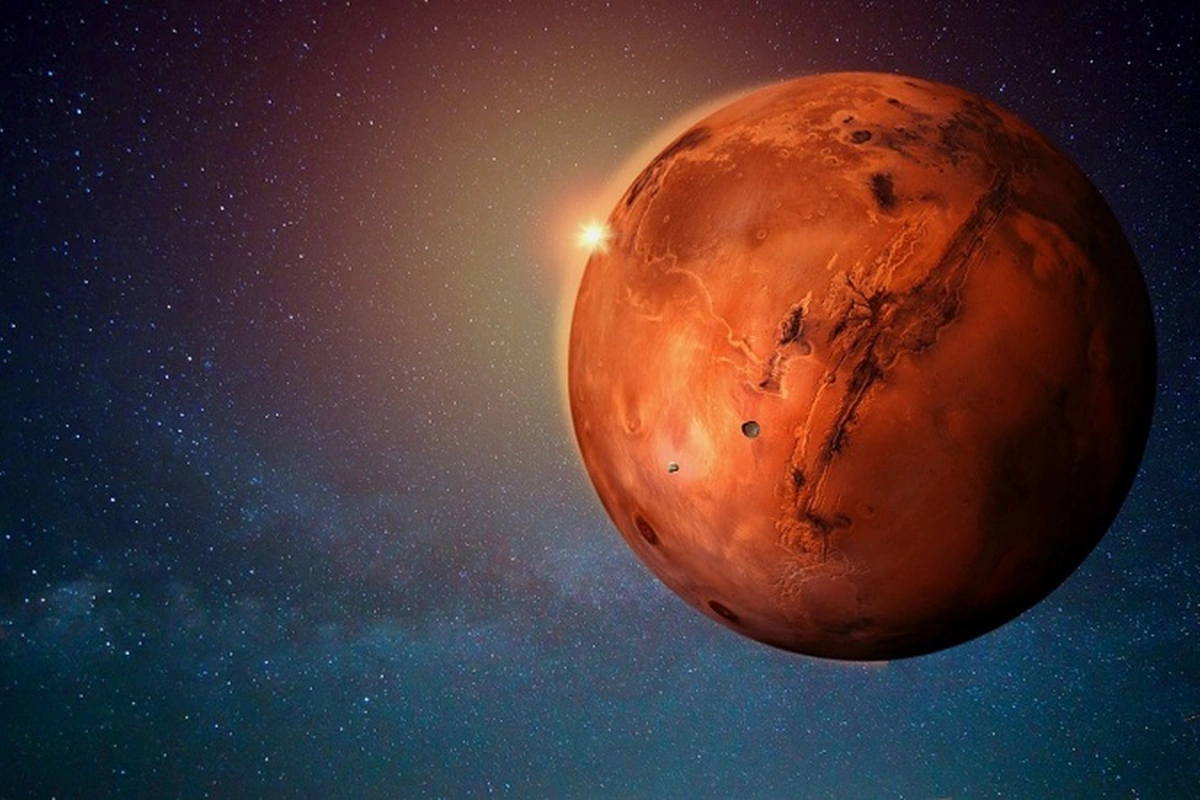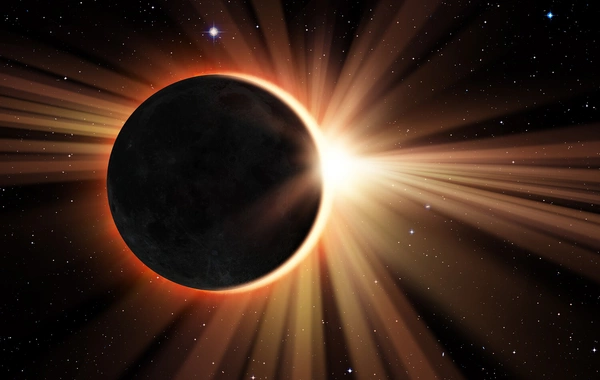Artificial intelligence gave an unexpected answer to scientists regarding Mars

Scientists using artificial intelligence have concluded that the mysterious dark and light streaks on Martian slopes, which were long considered to be traces of water flows, are actually formed without water involvement. The research results are published in the journal Nature Communications.
Such formations were first noticed back in 1977 when analyzing images from the Viking mission. Of particular interest were the so-called Recurring Slope Lineae (RSL), which appear and disappear over time, and are most often found in the southern mountainous regions of the planet. Previously, one of the main hypotheses was that these grooves appear due to seasonal melting of ice or the presence of salt water.
However, new work led by Adomas Valantinas from Brown University has called into question this "wet" version. Using a neural network, scientists analyzed more than 86 thousand detailed images of Mars, discovering about half a million streaks (484 thousand dark and 13 thousand light ones), mainly in the northern hemisphere.
By comparing the distribution map of the streaks with data on temperature, wind, humidity, and other parameters, the researchers concluded that the formation of these lines is not related to water. On the contrary, their appearance is explained by dry processes - such as dust blowing and settling, rockfalls, and wind effects. The streaks especially often appear on the walls of young craters, where dust easily slides down.
Thus, the mysterious Martian lines turned out to be the result of dust and wind processes, not evidence of water presence. As one of the study's authors, Valentin Bickel from the University of Bern, noted, the AI model clearly points to the dry nature of these formations.
Similar News
First winter magnetic storm: what awaits Earth tonight?
On Wednesday, December 3, the Earth is expecting its first "winter" magnetic storm. As reported by BAKU.WS, this was announced by scientists from the Laboratory...




 Azərbaycanca
Azərbaycanca  По-русски
По-русски  English
English 





